Property, plant and equipment by nature (PLNm)
Property, plant and equipment by segment (PLNm)
Movements in property, plant and equipment in 2019 (PLNm)
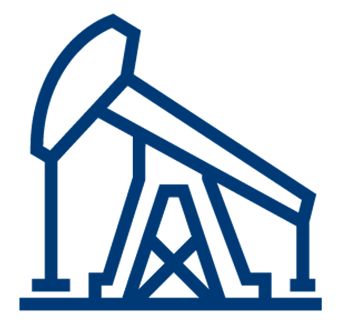
54
number of oil and gas extraction facilities in Poland (2018: 54)

190
number of production licences in Poland (2018: 203)

>2000
number of production wells (2018: over 2,000)
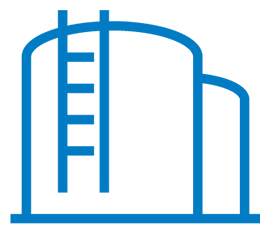
2
number of L group gas storage facilities (Daszewo and Bonikowo underground gas storage facilities) with a total capacity of 0.26 bcm (2018: 0.26 bcm)

3
number of countries in which the Company has production operations (2018: 3)

26
number of licences on the Norwegian Continental Shelf (2018: 21)

47
number of licences for exploration for and appraisal of mineral deposits in Poland (2018: 47)

7
underground gas storage facilities, located in Brzeźnica, Husów, Mogilno, Strachocina, Swarzów, Wierzchowice and Kosakowo, with a total capacity of 3.1 bcm (2018: 3.0 bcm)

191,000 km
length of PGNiG Group’s own network, including service lines (2018: 186,000 km)

1,595
number of municipalities connected to the gas network (2018: 1,510)
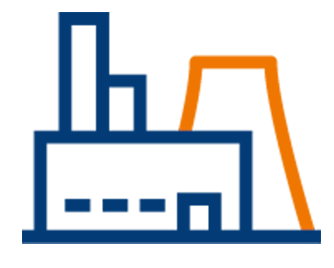
17
generating units (2018:17)

5.1 GW
thermal power (2018: 5.3 GW)

1.2 GW
electric power (2018: 1.2 GW)

70%
estimated percentage of heat demand in the Warsaw market covered by the PGNiG TERMIKA Group

65%
estimated percentage of electricity demand in the Warsaw market covered by the PGNiG TERMIKA Group
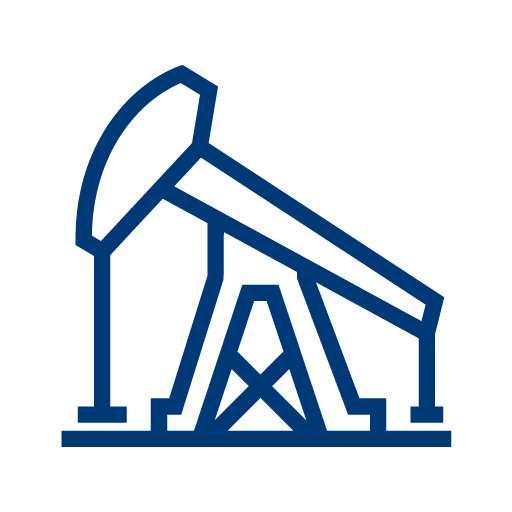
1.2 m tonnes
wydobycie ropy naftowej i kondensatu NGL (2018: 1,3 mln ton)
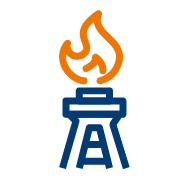
4.5 bcm
natural gas production (2018: 4.5 bcm)

30.7 bcm
natural gas sales by volume (including transactions on the Polish Power Exchange) (2018: 29 bcm)

14.9 bcm
natural gas imports by volume (2018: 13.5 bcm)

11.5 bcm
distributed gas by volume (2018: 11.7 bcm)

18.9 bcm
estimated volume of gas fuel transmitted over the network, according to GAZ System (2018: 17.2 bcm)

7.1 m
number of customers (2018: 7m
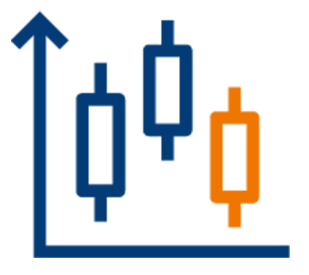
39.3 PJ
heat output (2018: 40.7 PJ)

3.9 TWh
electricity output (2018: 4.0 TWh)
Capital expenditure on property, plant and equipment and intangible assets (PLNm)
Data as at December 31st 2019